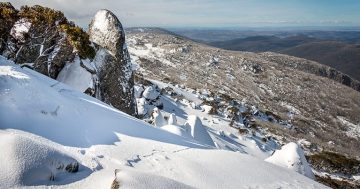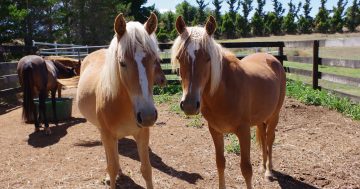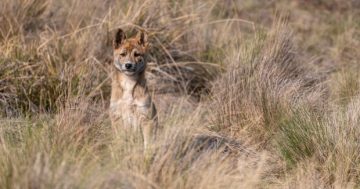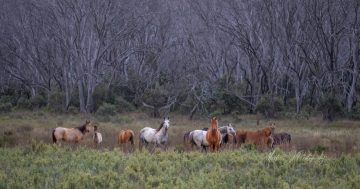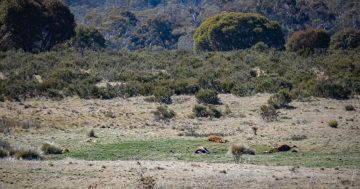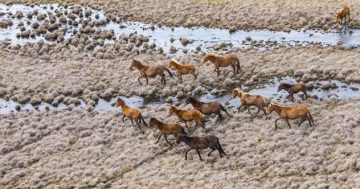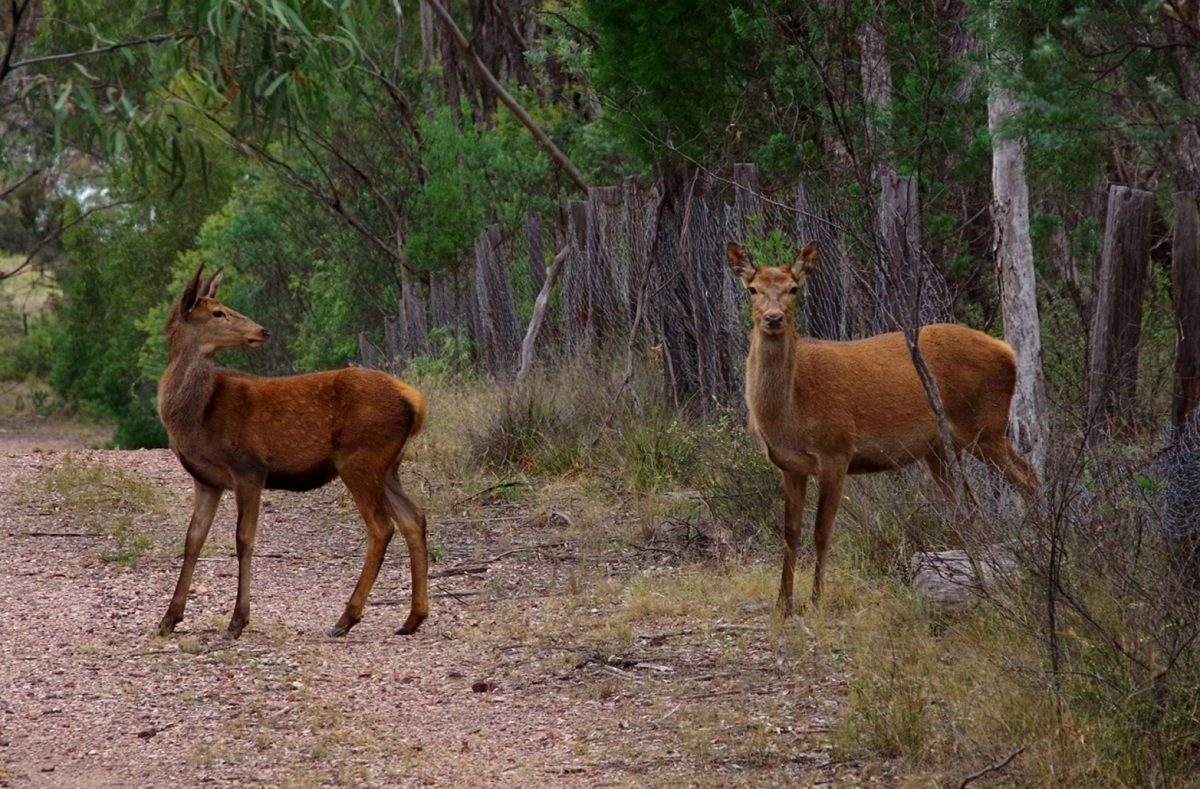
Feral deer are responsible for damage to the environment and infrastructure, prompting a national action plan to reduce their impact. Photo: National Feral Deer Action Plan.
A new collaborative plan for government and non-government organisations to work together to manage Australia’s growing feral deer population has been launched.
The first National Feral Deer Action Plan sets out 22 steps to improve feral deer management in Australia. It has been developed by the National Feral Deer Action Plan Working Group, which has representatives from the agricultural, conservation, government and non-government, research, professional and volunteer shooters sectors.
It aims to stop the spread of large deer populations into new areas; control or eradicate smaller populations before they spread; reduce the impact of deer populations on primary production, communities and the environment; and protect significant sites from their impacts.
The plan is aimed at land management agencies, groups and organisations, governments, and land managers who are impacted by feral deer, and encourages collaboration between these stakeholders.
The plan says even the small fallow deer can eat between 1.8 and 2.3 times as much as a sheep, while the larger red or rusa deer species can consume 2.8 to 3.6 times as much. The damage they cause is estimated to cost communities and primary producers $91 million a year.
Apart from the damage to crops, deer can damage fences and other infrastructure, and they pose a biosecurity risk through the transmission of diseases and parasites including brucellosis, bovine tuberculosis, Johne’s disease, cattle tick, leptospirosis, and even foot and mouth disease.
Environmental damage caused by deer includes eating young trees and foliage, damaging or destroying mature trees through ringbarking, spreading weeds, and trampling vegetation.
The trampling and the eating of young trees and foliage especially impact the regeneration of plants in bushfire-affected areas, and deer populations in those areas rapidly grow after a bushfire due to the high amount of nutrition in the new foliage.
In Australia’s southeast, deer are increasingly becoming a road hazard, with even a medium-sized deer easily capable of writing a car off if hit. The action plan says deer are now the fourth most commonly hit animal on Australian roads.
“Feral deer numbers have exploded from 50,000 in 1980 to between one and two million today. They are the ‘next rabbit’ of Australia’s feral species,” Minister for the Environment and Water Tanya Plibersek said in a 14 August statement.
“Feral deer do enormous damage to our native wildlife and precious places – they kill threatened species and damage critical habitat.
“The National Feral Deer Action Plan will develop and trial new tools to build capacity to detect, cull and prevent further spread of this feral pest.”
The National Feral Deer Action Plan website is available here.








